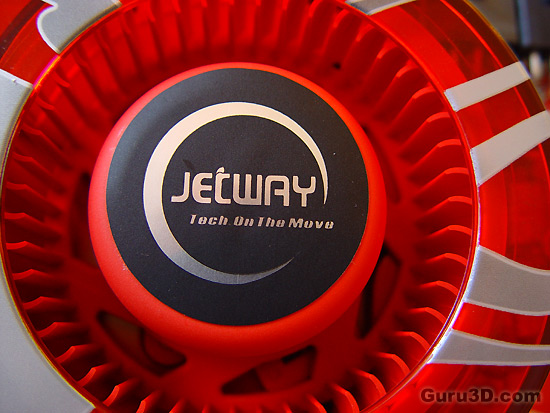Page 15 - Overclocking
Overclocking & Tweaking
As most of you with videocards know, you can apply a simple series of tricks to boost the overall performance a little. You can do this at two levels, namely tweaking by enabling registry or BIOS hacks, or very simple, tamper with Image Quality. And then there is overclocking, which will give you the best possible results by far.
What do we need?One of the best tools for overclocking NVIDIA and ATI videocards is our own Rivatuner that you can download here. If you own an ATI or NVIDIA graphics card then the manufacturer actually has very nice built in options for you that can be found in the display driver properties.
Where should we go ?
Overclocking: By increasing the frequency of the videocard's memory and GPU, we can make the videocard increase its calculation clock cycles per second. It sounds hard but it really can be done in less than a few minutes. I always tend to recommend to novice users and beginners not to increase the frequency any higher than 5% of the core and memory clock. Example: If your card runs at 500 MHz (which is pretty common these days), then I suggest you don't increase the frequency any higher than 25 to 50 MHz.
More advanced users push the frequency often way higher. Usually when your 3D graphics start to show artifacts such as white dots ("snow"), you should back down 10-15 MHz and leave it at that. Usually when you are overclocking too hard, it'll start to show artifacts, empty polygons or it will even freeze. Carefully find that limit and then back down at least 20 MHz from the moment you notice an artifact. Look carefully and observe well. I really wouldn't know why you need to overclock today tested cards anyway but we'll show it still ;)
All in all ... do it at your own risk.
Please read this ! Notice that the card uses one 6-pin power connector and one 8-pin, you can connect 2x 6-pin connectors and the card will work fine. But Overclocking will be disabled. So, you'll need to have a 6-pin and an 8-pin power connector to enable "Overdrive" or overclocking in generic. This is needed because overclocking will boost power draw, and you need the additional power from the 8-pin connector for a stable overclock.
Overclocking was quite interesting as we achieved a 100% similar overclock compared to the reference model we tested, and that's quite an extensive overclock as we could push the Jetway Radeon HD 2900 XT towards 848 MHz on the core and 900 MHz for the memory; really good.
The overclock result in a higher temperature though, not much, but add another 2-3 degrees C on the graphics core. Again, that's extremely hot, yet the graphics card can deal with it very well.
Let's have a look, as yes, we can squeeze even more performance out of your games.
Jetway overclock at 848 MHz (core) & 900 MHz (mem)
Now we also did some testing here with Prey, as usual at 4xAA and 16xAF. I placed them in the chart above. Note that at 10x7, you are looking at CPU limitation, yet we still gain some performance, especially around 1600x1200.
With such framerates I have no clue as to why you should overclock but hey, whatever floats your boat.

